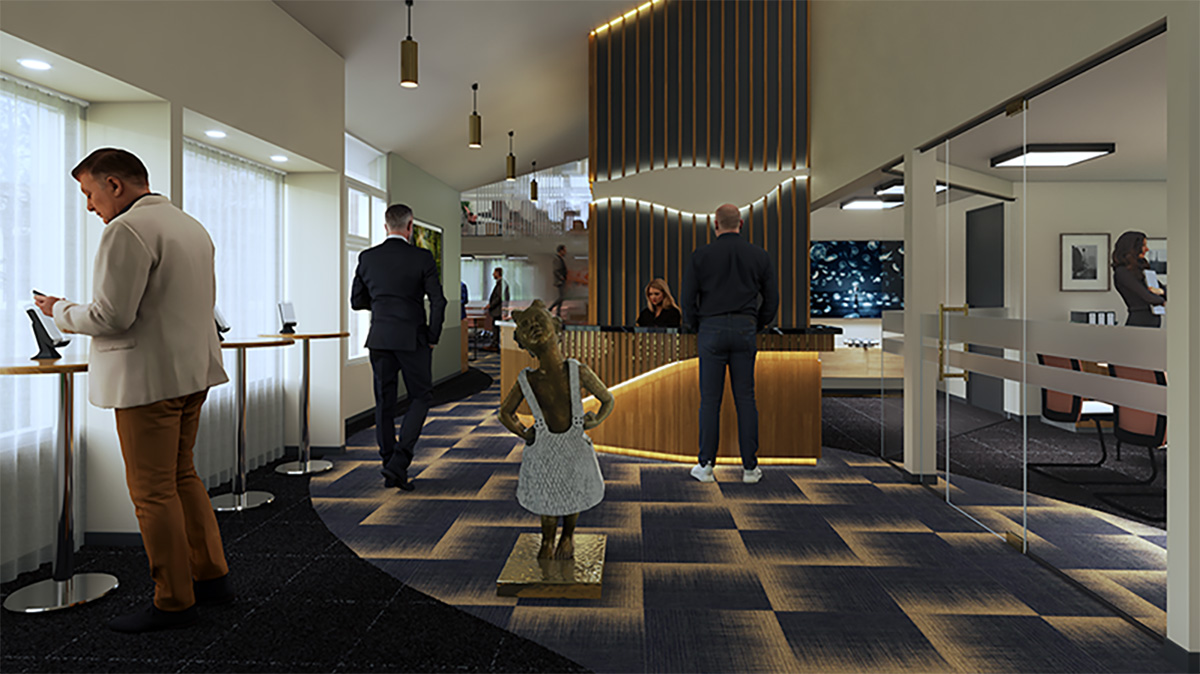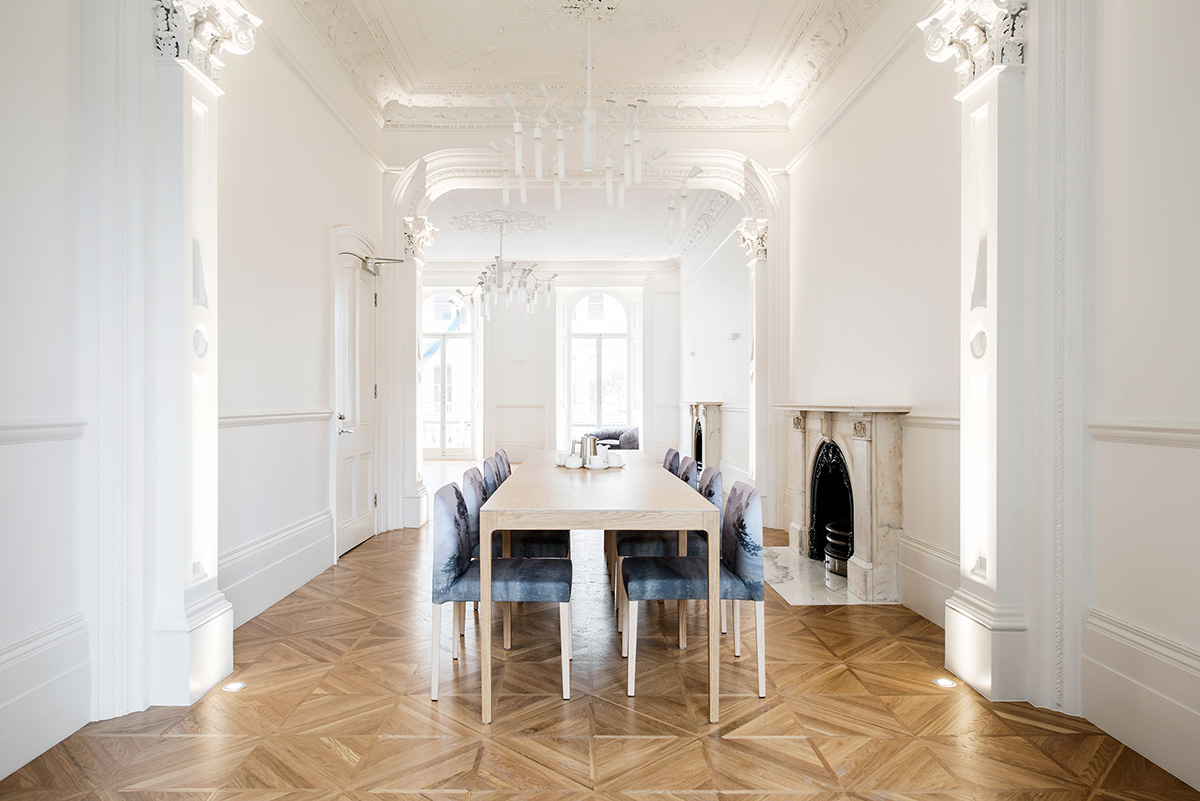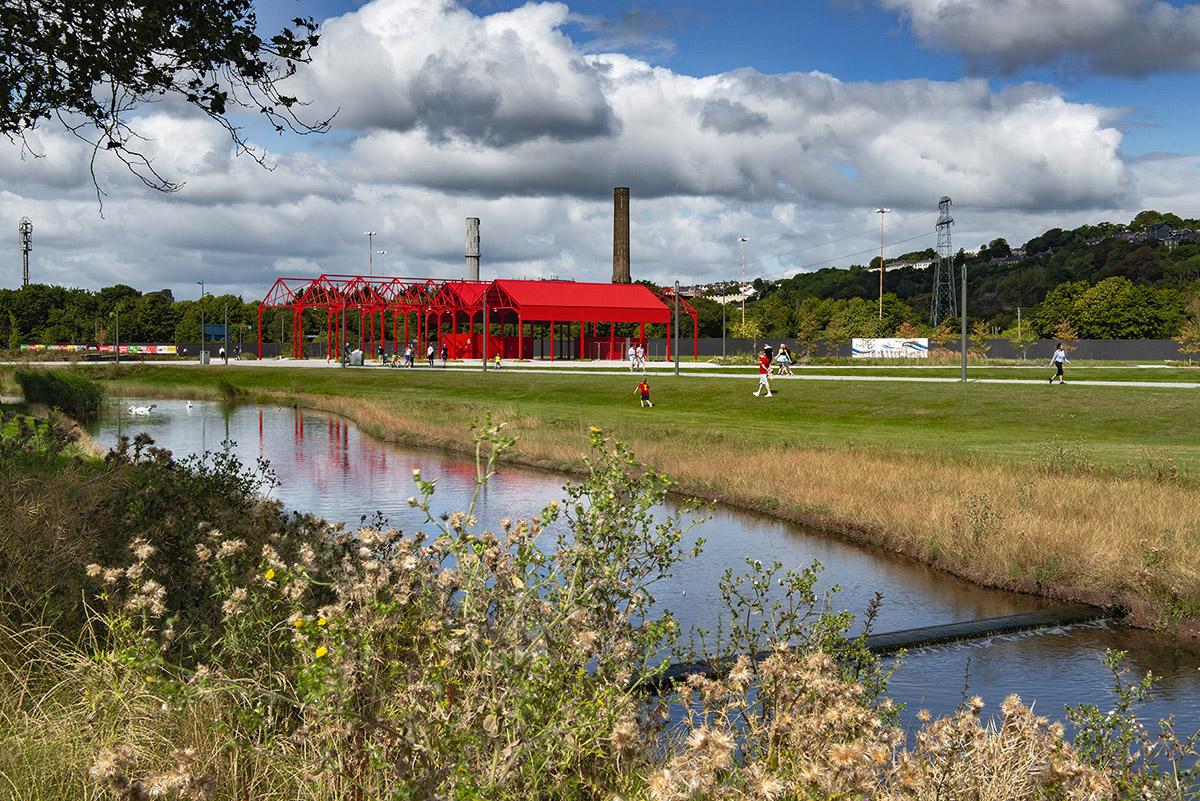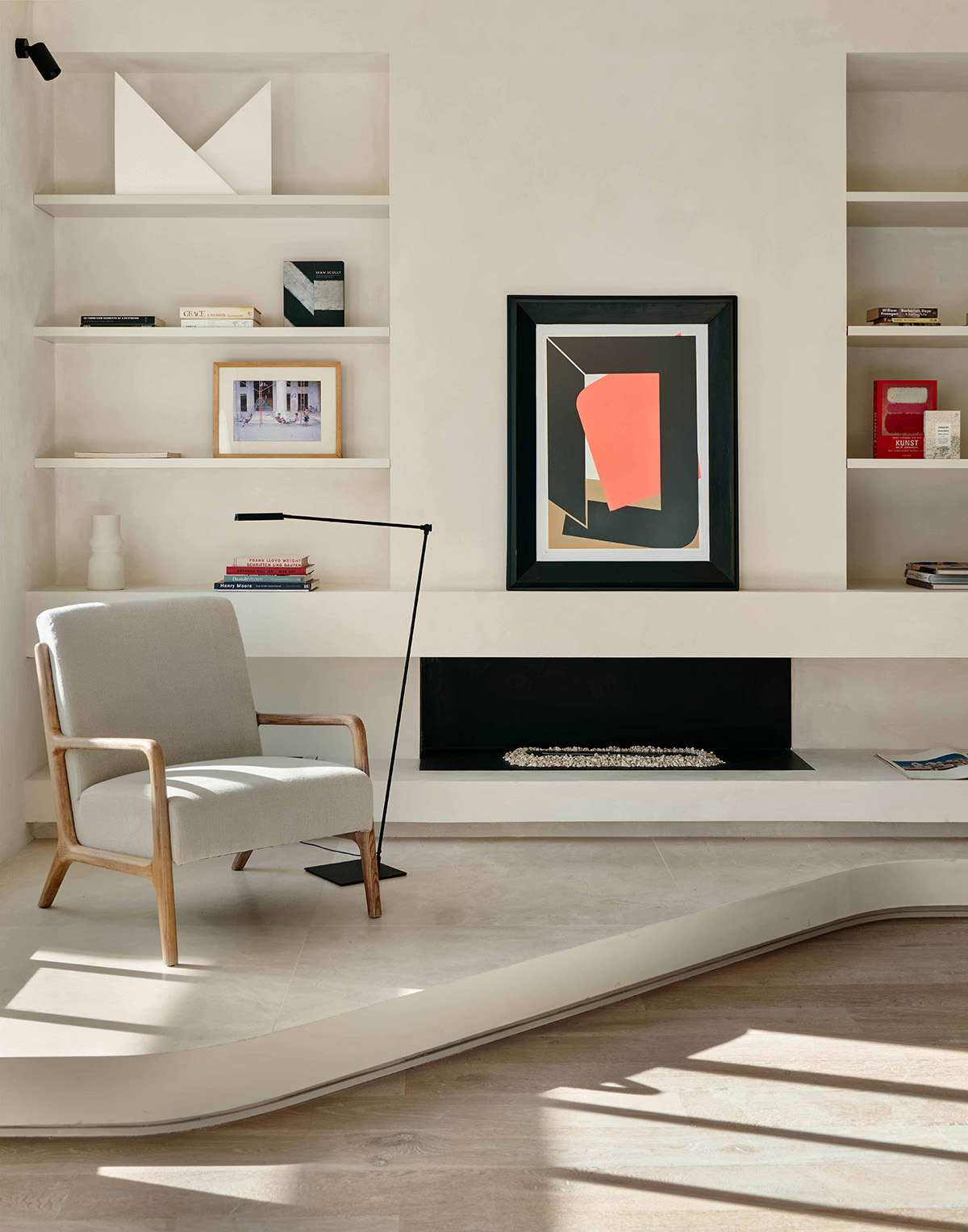Link Architecture: Architecture up North
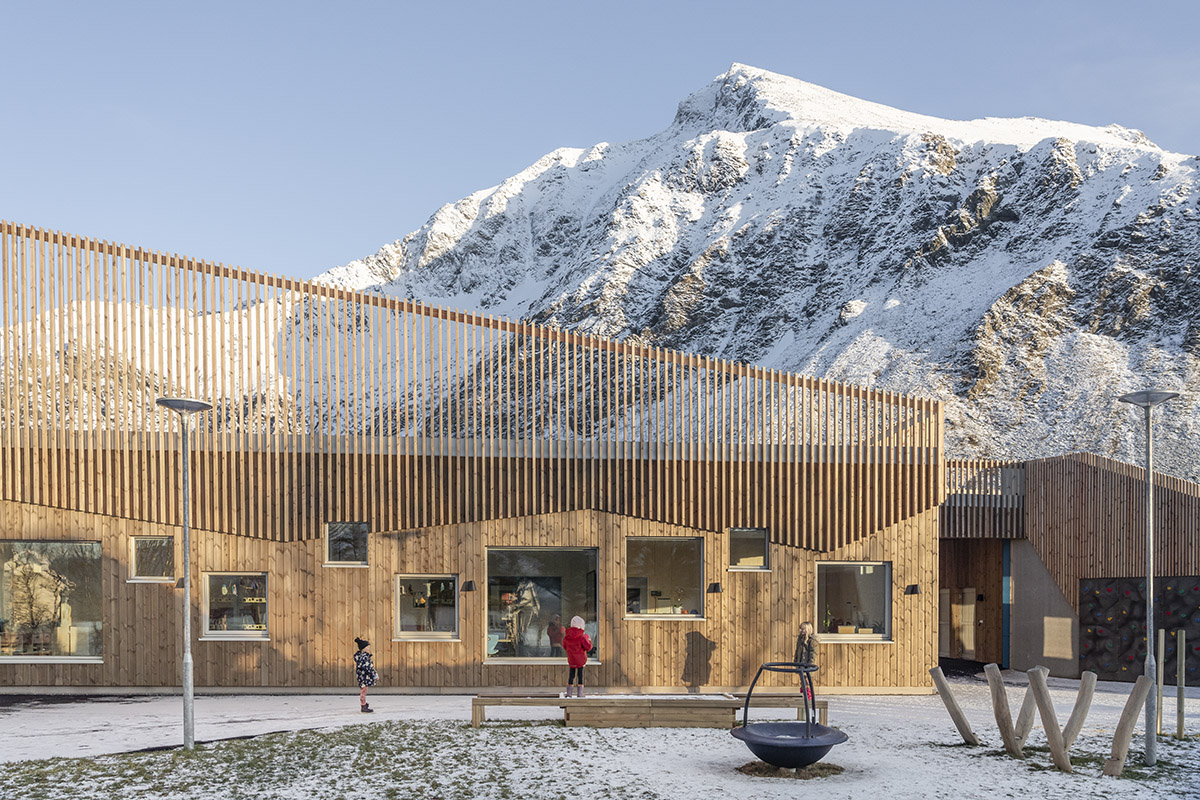
Flakstad skole. Photo: HundvenClements LINK Arkitektur Original
Link Architecture is an award-winning firm operating above the Arctic Circle. Scan Magazine explores how the firm focuses on positive impact in a fragile environment.
When talking about operations in the northernmost parts of Norway, above the Arctic Circle, “care” is perhaps the first word that comes to mind. Care for the fragile, imposing nature, care for the plants that survive at these latitudes, care for the fish and marine life thanks to which the local community survives, care for the arctic fauna and, not to forget, care for the people that live their lives in this astonishingly beautiful but nevertheless demanding part of the world.
Flakstad school in Lofoten is a good example. Robust and sturdy but also built in a way that makes this primary and middle school seem like a part of nature itself. The building offers shelter from gusty winds and provides the students with a warm and safe atmosphere with wonderful acoustics, thanks to an innovative use of solid wood.
Although this primary and middle school is designed to withstand weather and time and was built in less than a year, it is built in harmony with the nature it is surrounded by.
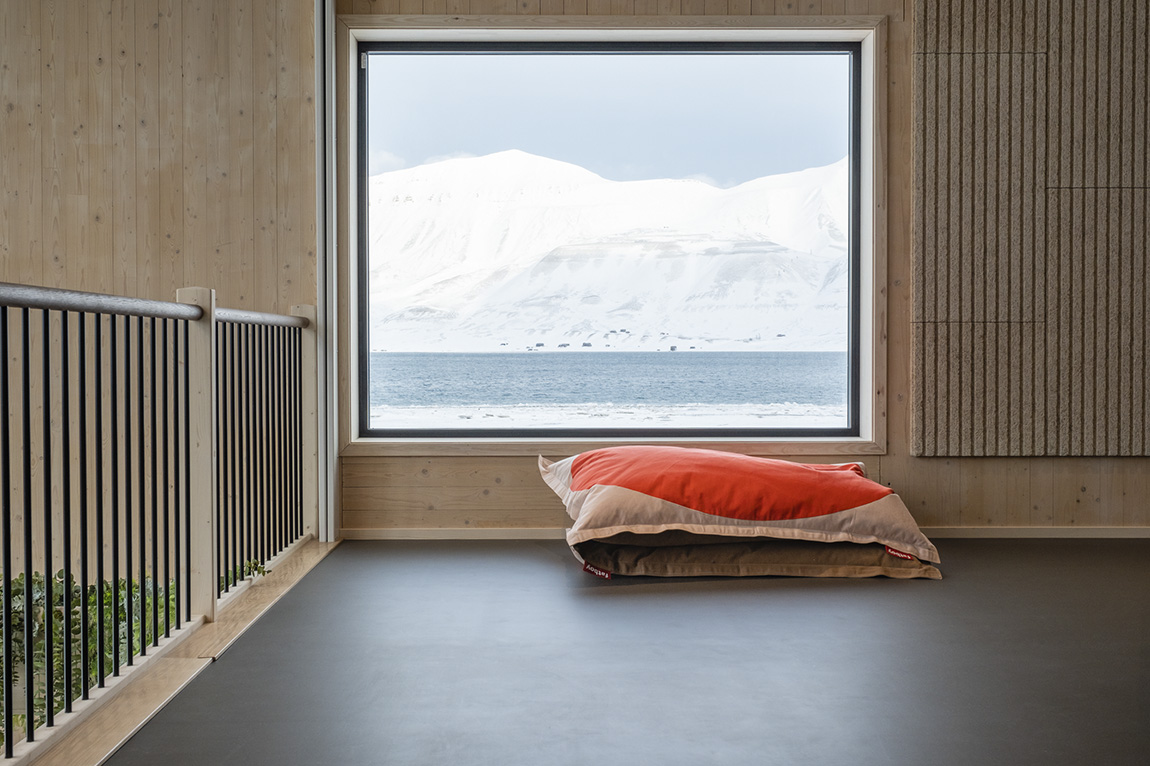
Svalbard Folkehøgskole Photo: Hanne Jørgensen Polyflor
A sustainability champion
It is no coincidence that it is – the team at LINK Arkitektur, one of Scandinavia’s largest architectural firms, is keenly aware of the need to take care of the surroundings. In 2022, the firm gained a special mention in the Architizer A+ Award in the category “Best Sustainable Firm Worldwide”. Amongst some 80 contributions from around the world, LINK was recognised for their efforts to build sustainably in a way that is respectful of the environment.
Architects operating in the North need a specific skillset; sensibility and expertise, both technically and aesthetically. There is frost all year round, although the upper layers of soil will heat up in the summer. All constructions need to be sturdy and able to withstand the strong forces of nature that are always present in this part of the country. The lack of light for much of the winter needs to be taken into account; outdoor areas need to be safe and the indoors need to be particularly accommodating and warm because so much time is spent there. Even plants need to be chosen carefully, they need to be a part of the local fauna and able to survive in an arctic environment.
All this must be done in a sustainable manner, taking into account the fragility of the Arctic environment. While it might seem indestructible and strong, the arctic is very exposed to climate change.
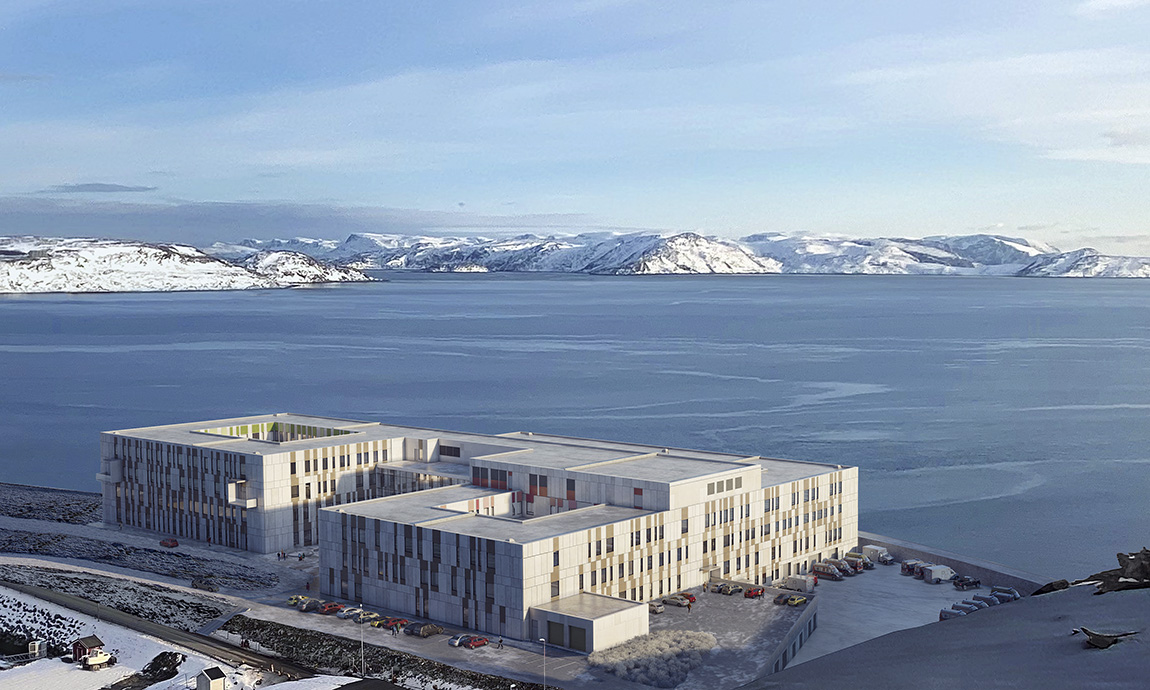
Hammerfest sykehus. Photo: Aesthetica Studio, LINK Arkitektur
Impact Architecture
Yet to LINK, sustainability is no longer about making the less bad choices but about maximizing the positive impact they may have. Focusing on six areas (climate-smart architecture, circular architecture, and interior architecture; biodiversity, health-promoting environments, secure environments, and living environments), the firm analyses the impact each construction will have in terms of sustainability. Much like investors analyse the impact an investment is likely to have, LINK analyses the positive impact a building is likely to have. They call this Impact Architecture.
As a guiding tool and a help along the way, LINK has even developed a particular tool, or compass, called LINK Kompass. LINK Kompass helps the client outline the shortest and most efficient way to achieve his or her sustainability goals in a project.
A prime example of a demanding architectural challenge is the new Svalbard College (Svalbard Folkehøgskole), situated right on the waterfront at Sjøskrenten in Svalbard, 78 degrees north. The school was opened by the Norwegian Prime Minister Jonas Gahr Støre earlier this year. The generally harsh climate in Svalbard and the close proximity to the water made environmental considerations in this project particularly acute. LINK is, however, used to operating in Svalbard; the firm has worked here since the early 80s and is also behind the “Signs of Svalbard” illuminated information stands in Longyearbyen.
An all-Scandinavian firm
While their focus on impact makes LINK’s approach a particularly good fit for northern Norway, LINK is operative throughout Scandinavia. With 500 employees spread across offices in 15 cities in Denmark, Sweden, and Norway their outreach is considerable.
However, wherever they operate, their approach stands firm: Aesthetics and sustainability are both catered for, and distinguishable care for the environment and the local community is a common denominator everywhere they operate.
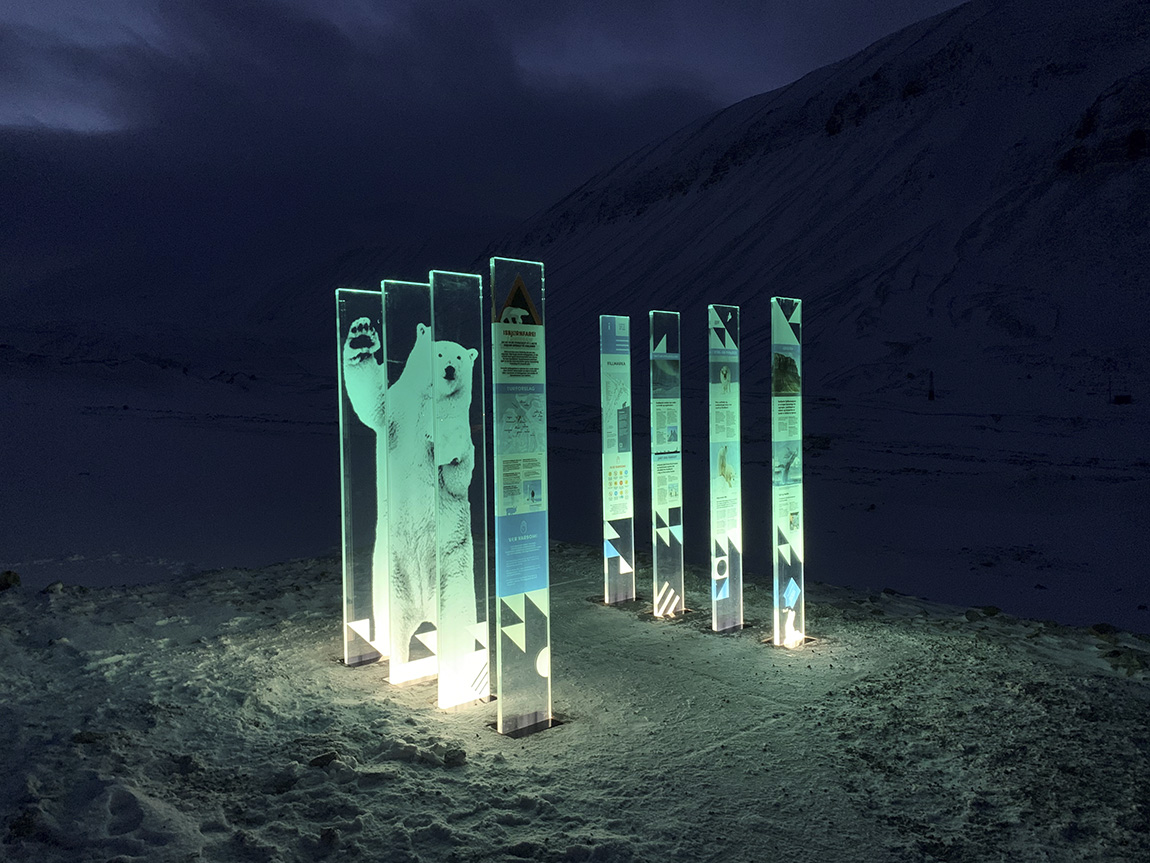
Svalbard skiltstasjoner. Photo: Lise Loktu
Web: www.linkarkitektur.com Facebook: linkarkitektur Instagram: @linkarkitektur LinkedIn: @linkarkitektur
Subscribe to Our Newsletter
Receive our monthly newsletter by email

